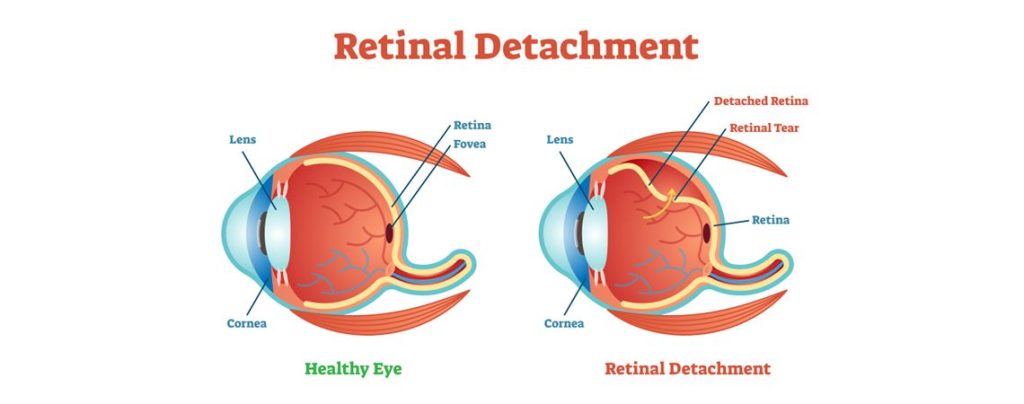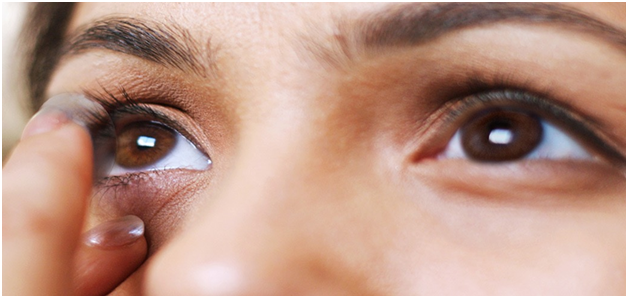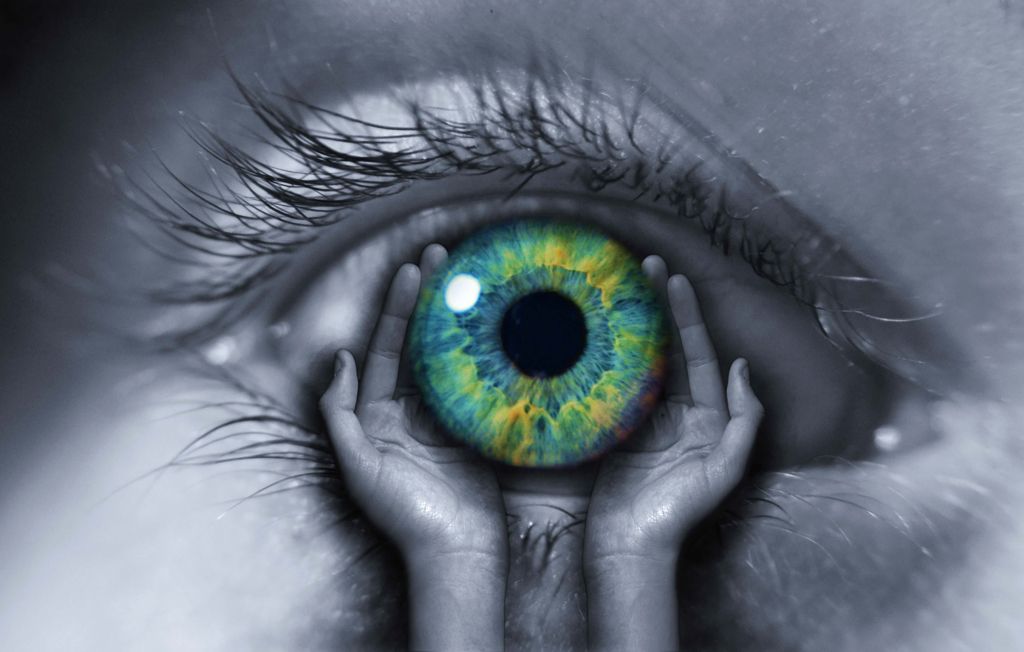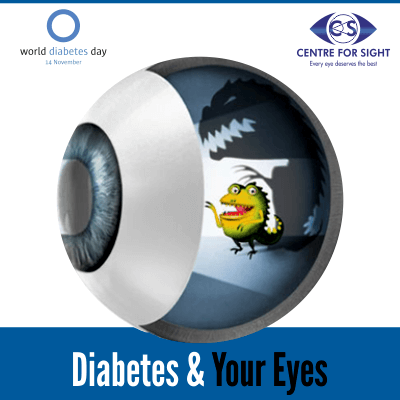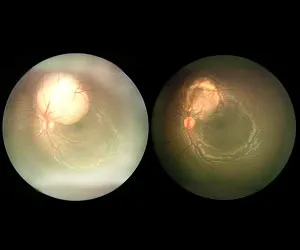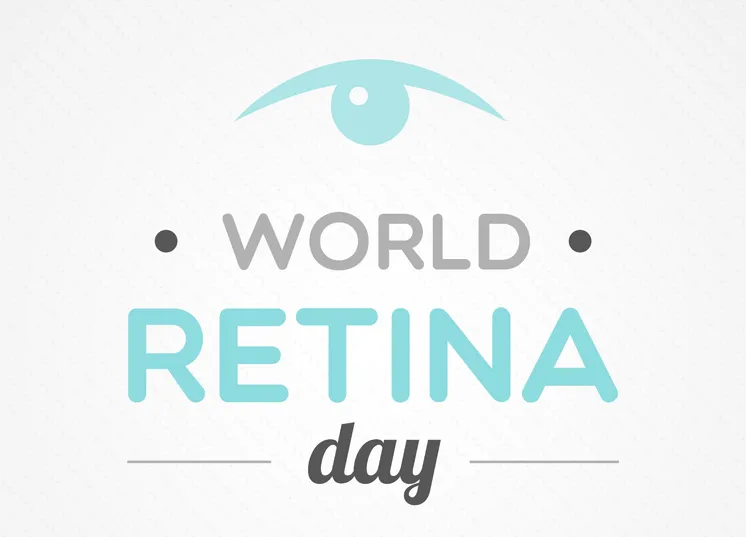Blog

Imagine it’s just a regular day and you are doing your daily chores, suddenly, you see a flash of light and maybe some floaters. You may feel a[..]
In a human body, certain health issues are connected with each other. The diagnosis is like connecting the dots with each other. For instance, people[..]
Are you suffering from blurred vision? Or are you seeing sudden flashes of light that appear when you look on the sides and floaters inside the eyes?[..]
It is not a surprise that one of the most critical aspects of your overall health is your diet. Even though the phrase, “We become what we eat”[..]
You dislike wearing spectacles or your reading glasses? If yes, then we believe that you alternatively wear contact lenses for corrective vision. If[..]
Blindness has been a key public health issue from a long time, especially in the third world countries. In fact, corneal disease has been titled as[..]
Blindness, the most severe form of visual impairment, reduces people’s ability to perform everyday tasks and affects their quality of life.Have a[..]
“World Diabetes Day” was introduced in 1991 by the International Diabetes Federation and the World Health Organization with a goal in mind[..]
India has the highest number of Retinoblastoma (Rb) affected children in the world, with about 1500 new cases reported each year informed Dr. Santosh[..]
India has the highest number of Retinoblastoma (Rb) affected children in the world, with about 1500 new cases reported each year informed Dr. Santosh[..]



